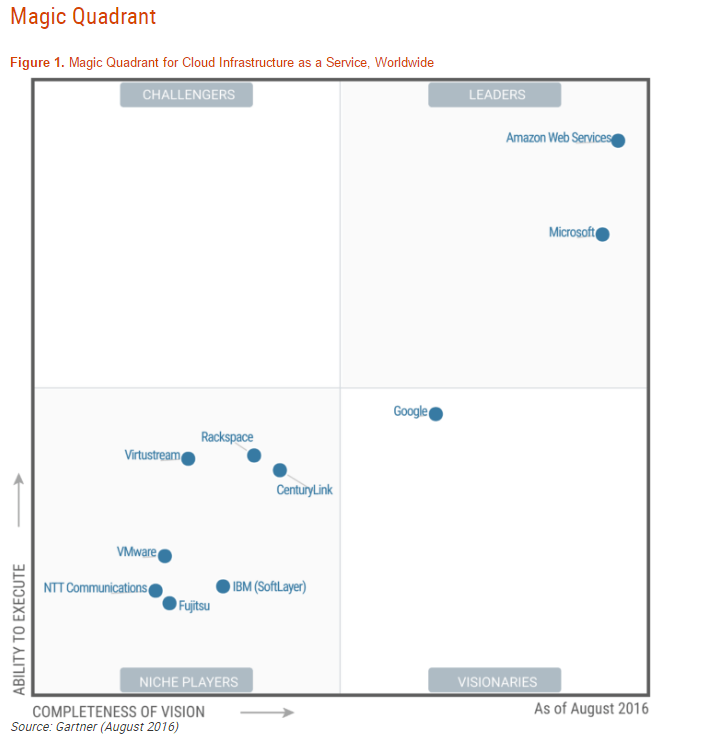AMZN or Amazing?

Over the past 22 years, Amazon.com has continuously evolved to remain on the forefront of transformations in digital technology.
Over the past 22 years, Amazon.com has continuously evolved to remain on the forefront of transformations in digital technology. Amazon.com was founded by Jeff Bezos in 1994. [i] The Company started as a simple online bookstore. Customers could visit the website, browse the company’s digital library, purchase a book, and have it delivered directly to their home. Right from the start, Amazon.com leveraged technological innovation (in this case the internet) to provide consumers with a value proposition focused on simplicity, high quality customer service, and convenience. The company’s website was easy to navigate and allowed customers to purchase books from the comfort of their home.
Since then, Amazon.com has grown its online store and distribution network to provide consumers with much more than hard-copy books. The company quickly identified that the operations and infrastructure it built could be developed and applied to sell virtually any consumer good. Keeping this in mind, it expanded quickly and aggressively. Today, the company has several departments on its online store including (but not limited to): Electronics & Computers; Clothing, Shoes & Jewelry; Home, Garden & Tools; Sports & Outdoors; Automotive & Industrial; Toys, Kids & Baby; Music, Movies, & Games; Beauty, Health, & Grocery, and the list goes on and on. [ii] Amazon.com’s vision and ability to execute have led it to become one of the largest and most dominant e-commerce companies in the world.[iii]
Amazon.com has used innovative practices and disruptive technologies to drive its exponential growth. An early example of this is in 1997, Amazon.com introduced and patented (in the US) “1-click” ordering. [iv] Despite being a rather simple concept, this was a brand-new approach to online shopping that significantly increased customer conversion rates by eliminating the hassle of having to re-enter one’s purchasing credentials. There was real value and genius behind Amazon.com’s 1-click ordering. In 2000, Apple licensed Amazon.com’s 1-Click patent in order to further enhance the digital shopping experience for users on the Apple Online Store.[v] Later on, Amazon.com expanded this convenience factor by launching “Amazon Payments”, an e-commerce platform that allowed customers to securely use their Amazon.com login credentials to make purchases on other partner websites. It provided merchants with the trusted status of Amazon.com at checkout and consumers with a streamlined purchasing process. Amazon.com has also adapted to recent digital trends by launching its own digital media library (music, movies, TV shows) to compete directly with companies like Apple, Google, and Netflix.
Perhaps one of the most visionary and game-changing technological plays for Amazon.com was the launch of Amazon Web Services “AWS” in 2002.[vi] AWS is Amazon.com’s cloud computing business. Amazon.com charges customers on a “pay-as-you-go” pricing model in exchange for on-demand services including: storage, high performance computing, backup & recovery, big data analytics, database solutions, digital marketing, website hosting, enterprise applications and much more.[vii] Exponential growth in data, technological advancements, and the broader “Internet of Things” has led to unprecedented demand for cloud solutions. According to a Gartner report from August 2016, AWS is by far the industry leader in this segment.[viii]
Source: Gartner, “Magic Quadrant for Cloud Infrastructure as a Service, Worldwide”, http://www.gartner.com/document/3400818, accessed November 2016.
Similar to its experience with online retail, Amazon.com has once again positioned itself to dominate an industry that will experience sizable growth on a go forward basis. As IoT continues to grow, AWS will play an increasingly critical role for companies dependent on cloud computing.
In online retail, Amazon.com leverages its massive distribution network, automated warehouses, and other forms of technology to provide consumers with an unrivaled value proposition. In this sense, its business model is directly aligned and contingent upon its operating model. In cloud computing, Amazon.com’s foresight enabled it to once again employ an operating model that can deliver an unrivaled value proposition given its scope, infrastructure investments, and first mover advantage. Although Amazon.com’s cloud computing offering is meaningfully different from online retail, the company has managed to align the different business models with separate operating models.
Going forward, Amazon.com will face the challenge of simultaneously running two distinctly different businesses, both of which face fierce competition. Although Amazon.com has successfully managed this in the past, it does not necessarily mean it will be easy going forward. Despite being an industry leader and dominate player in both e-commerce and cloud infrastructure as a service, Amazon.com must continue prioritize innovation and vision; it cannot afford to become complacent.
Word count: 782
[i] Amazon.com, “History & Timeline,” http://phx.corporate-ir.net/phoenix.zhtml?p=irol-corporateTimeline&c=176060, accessed November 2016.
[ii] Amazon.com, “Departments”, https://www.amazon.com/gp/site-directory/ref=nav_shopall_btn, accessed November 2016
[iii] National Retail Federation, “Top 50 E-Retailers, 2014”, https://nrf.com/2016a/top50-e-retailers-table, accessed November 2016
[iv] United States Patent and Trademark Office, http://patft.uspto.gov/1-clickpatent, accessed November 2016
[v] Apple Computer Inc, https://www.apple.com/pr/library/2000/09/18Apple-Licenses-Amazon-com-1-Click.html, accessed November 2016
[vi] Amazon.com, “History & Timeline,” http://phx.corporate-ir.net/phoenix.zhtml?p=irol-corporateTimeline&c=176060, accessed November 2016.
[vii] Amazon.com, “Amazon Web Services”, https://aws.amazon.com/?nc2=h_lg, accessed November 2016
[viii] Gartner, “Magic Quadrant for Cloud Infrastructure as a Service, Worldwide”, http://www.gartner.com/document/3400818, accessed November 2016.




AWS in the spotlight ! That is great.
It is believed that a majority of the internet runs on AWS. What a secret power and key part of the chain. AWS central node is in Northern Virginia. So somewhere in Northern Virginia there is a button that can switch off the digital disruption.
AWS is indeed a rarely talked about monopolistic giant. Should it be nationalized? privatized?
Do you want a public company 17% founder owned to own 50 to 70% of internet flows?
Is the maintenance, security, reliability regularly checked?
“Build yourself a monopoly and then you will find ways to monetize it” this is what Jeff Bezos could think as he visits
http://www.deq.virginia.gov/Portals/0/DEQ/Enforcement/FinalOrders/AmazonVADATA-June112009.pdf
http://www.nextgov.com/big-data/2016/01/70-percent-global-internet-traffic-goes-through-northern-virginia/124976/
http://www.theatlantic.com/technology/archive/2016/01/amazon-web-services-data-center/423147/